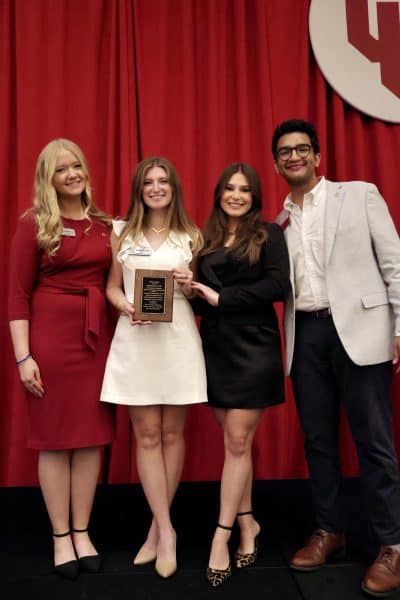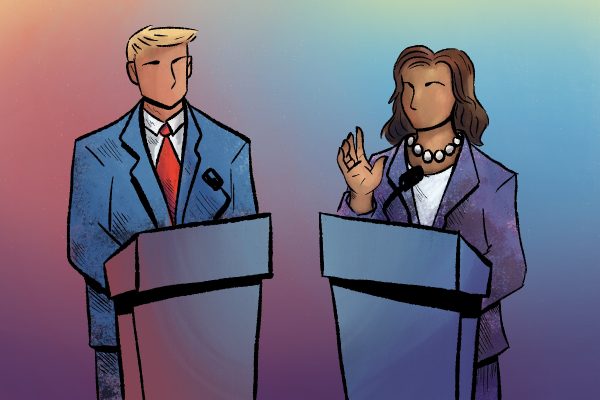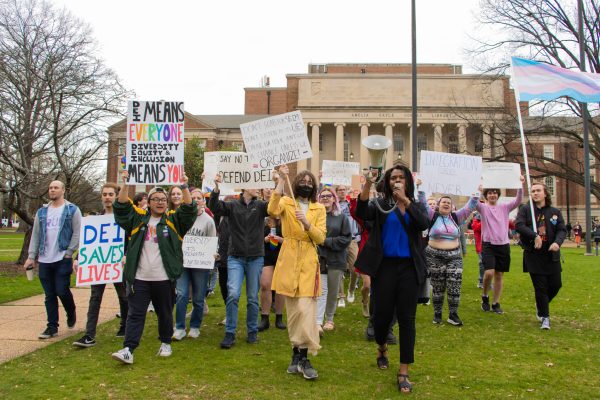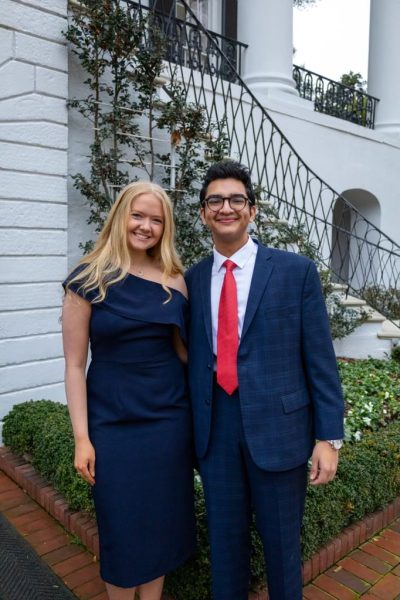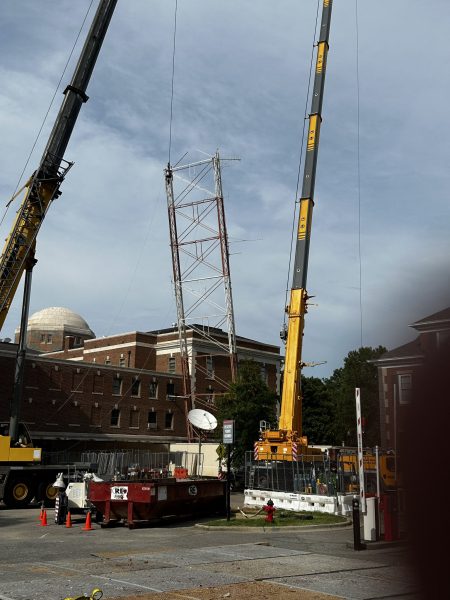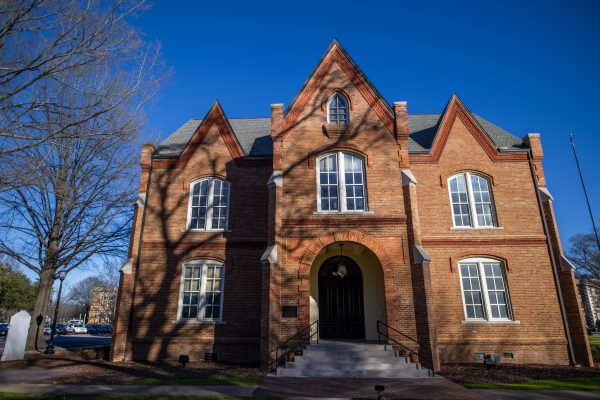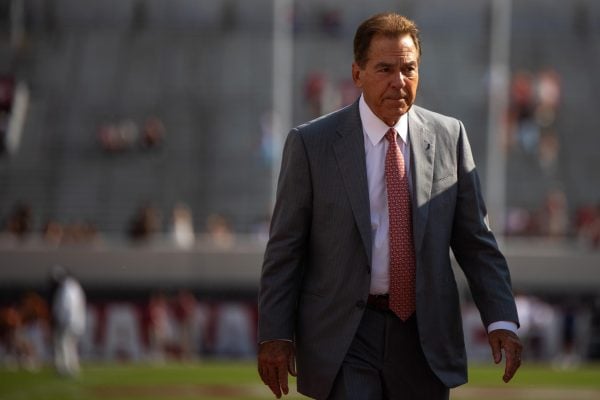Students face burnout with the removal of fall break
November 30, 2022
Searching through The Crimson White archive for “fall break” yields several types of articles, many of which document the back-and-forth nature of the existence of a fall break at The University of Alabama.
Just in the past five years, fall break was removed in 2016, only to be reinstated the following year. From 2017 to 2019, and again in 2021 following a cancellation in 2020 due to COVID-19, students enjoyed a two-day break, tacked on to Halloween weekend. Starting with the 2022-2023 school year, the University decided to remove fall break once again in order to make Thanksgiving break a full week.
“Allowing additional travel time at Thanksgiving has been welcomed by many, and we have also heard requests for other schedules,” said Shane Dorrill, the assistant director of communications for the University of Alabama. “Accreditation and other considerations factor into determination of the final schedule.”
Excluding the hybrid 2020-2021 school year that included virtual fall finals, this semester was the first time many current students have experienced a school year without fall break. As a result, many students reported feelings of burnout — before Thanksgiving break, the last day off was Labor Day.
Jamie Causey, a sophomore majoring in hospitality management, said she and her friends are all experiencing burnout because of the lack of fall break.
“I think the fall break would have helped all and not not like you know of us be able to rejuvenate and focus back on our studies,” Causey said.
Rebecca Wilson, a junior majoring in finance and international studies, reported feelings of burnout, but said she appreciated the longer Thanksgiving break.
“I have felt the effects of burnout more this year than ever before,” Wilson said.
John Burkhardt, the assistant residency director of family medicine and an associate professor of psychiatry for the College of Community Health Sciences, said the three main traits of burnout are lack of joy, personal exhaustion and cynicism.
He said one of the first things students can do to combat burnout is “start to recognize your own symptoms.”
Greg Vander Wal, the executive director of the University’s Counseling Center, recommends allowing time for self-care and utilizing our campus resources.
“Don’t wait until it feels like a crisis before you reach out for help … the resources are here, and they are available,” Vander Wal said.
The number of the counseling center is (205) 348 – 3863.


